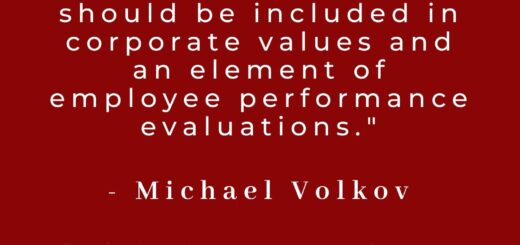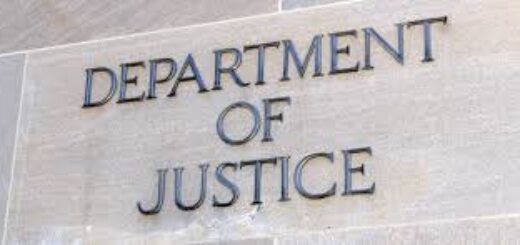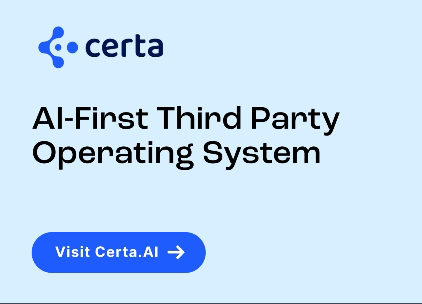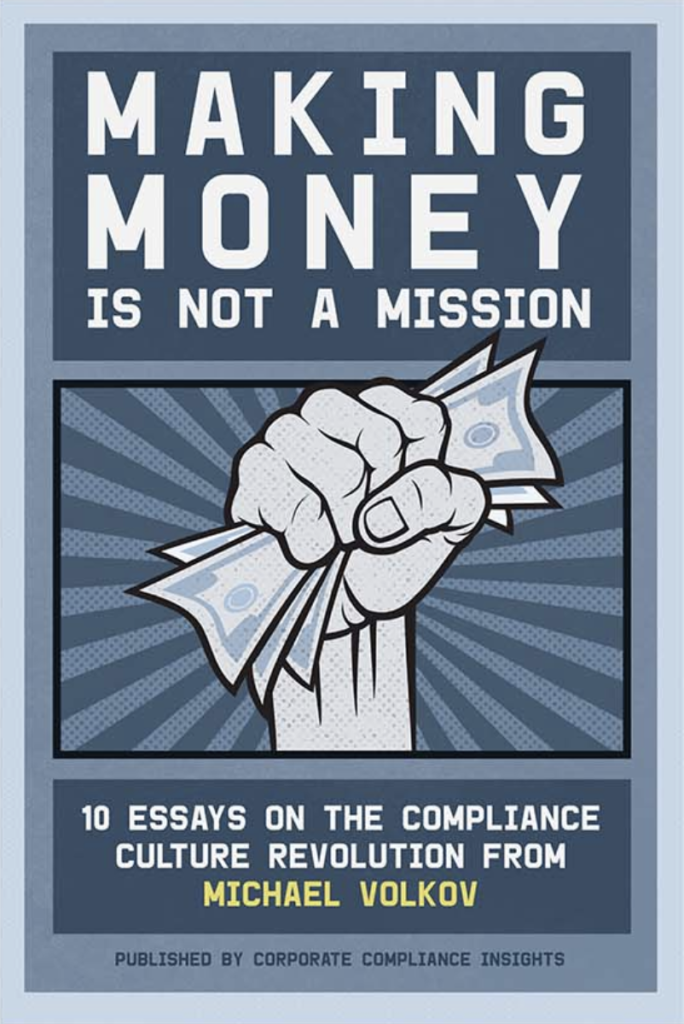AAR’s Bribery Schemes: Bribery in the Aviation Industry (Part II of II)
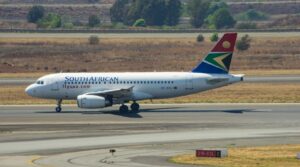
AAR, a provider of aviation products and services, engaged in two separate bribery schemes. State-owned entities and government agencies permeate the aviation industry. As a result, FCPA risks are embedded in direct industry activity and related services and suppliers. The AAR case is a perfect example of just how easy it is to engage in bribery in the aviation industry.
AAR engaged in two separate bribery schemes — one in Nepal and another in South Africa. The Nepal scheme involved the sale of two Airbus A330 aircraft to Nepal Airlines, a government-owned airline. The South African scheme involved the sale of aftermarket aviation services to SAA Technical (SOC) Ltd. (“South African Airways Technical”), a subsidiary of South African Airways (SOC) Ltd (“South African Airways”), a government- owned airline.
DOJ and the SEC built the case with the cooperation of two individuals, Deepak Sharma, a CEO of an AAR subsidiary, for his role in the Nepal scheme, and Julian Aires, a former third-party agent of AAR, who pleaded guilty on July 15, 2024 for his role in the South Africa scheme.
The Nepal Scheme
Between November 2015 and August 2018, AAR, through Sharma, orchestrated the payment of bribes to a Nepal government official in order to assist AAR in winning a competitive bid process to sell two Airbus A330-200 aircraft to the Nepal Airline Corporation (“NAC”). AAR earned profits of approximately $6 million.

Starting in November 2015, Sharma attended a meeting in Nepal with a Nepal intermediary and Nepal government official, , during which the potential sale of two airplanes was discussed. The Nepal official proposed that Sharma, on behalf of the AAR subsidiary, engage Nepal intermediary as a lobbyist for the potential sale, via a company affiliated with, and nominated by, the Nepal intermediary.
Before the NAC issued a Request for Proposal (“RFP”) for the purchase, the Nepal official sent confidential, non-public drafts of the RFP document to Sharma, which Sharma used to propose changes to benefit AAR in the bidding process. For example, on or about March 29, 2016, approximately six months before NAC publicly issued the RFP, Sharma forwarded an email to two executives at AAR containing a draft RFP that was circulated among NAC officials, including Nepal official. In his email, Sharma stated:
Please find attached Draft RFP[.] NOTE: [T]his [is] not published yet and it is strictly for three of us [an AAR executive], you and I to comment and change any terms to suit AAR. Let me know if you want any changes made to the payment terms or bid terms so that it favours AAR. I can ask these to incorporate [sic] on the RFP for publication. I am meeting with [Nepal Official] and Chairman this week . . . .
As another example, on or about September 1, 2016, approximately one month before NAC publicly issued the RFP, Nepal official sent an email to Sharma, writing:
What I have in mind is that we will specify MOU signing date, purchase agreement date and delivery date in such a way that [a competitor of AAR] cannot meet delivery dates. Following is tentative dates, and I want your feed back [sic] as to whether you can meet delivery dates . . . . Tentative dates, I personally fixed, but not yet shared with other NAC executives . . . .
On or about October 30, 2016, in reference to the NAC Transaction, Nepal official sent a text message to Sharma, stating “[N]o need to worry at all. Almost all higher-ups are in our pocket.”
In November 2016, the AAR subsidiary engaged intermediary company 1 to represent AAR in exchange for a commission of seven (7) percent of the final sales price. On or about November 8, 2016, the AAR subsidiary and a German company entered into an agreement to prepare a joint bid for the NAC sale.
The next day, while in Nepal, Sharma sent a text message to an individual, stating “I am having dinner with head of evaluation committee now. We are discussing how to throw others out even if they come below our bid. See you tomorrow.”
After winning the contract, AAR and the German joint venture partner reorganized, backdated their agreement, added the Nepal intermediary and established an Ireland SPV. Ireland SPV was used to funnel bribery payments of approximately $500k to the Nepal intermediary and Nepal official through a Hong Kong bank account, a portion of which was given to the Nepal official. The payments were disguised and authorized based on sham invoices. After these initial payments, the Ireland SPV was used again to send commission payments of a total of $6 million to the Nepal intermediary, portions of which were shared among the intermediaries and the Nepal official.
The South Africa Scheme
Between January 2016 and 2020, AAR, with the assistance of Julian Aires, a third-party agent paid three separate South African officials to secure a five-year contract with South African Airways Technical (SAAT) to provide component support and disbursement payments by SAAT pursuant to that contract.
In January 2016, Aires attended a meeting in South Africa with South Africa Individual 1, South Africa Individual 2, and South Africa Official 1, during which it was discussed and agreed that South Africa Official 1, South Africa Official 2, and South Africa Official 3 were to receive a share of the revenue of the SAAT Contract in exchange for helping AAR and its JV Partner obtain the SAAT contract. Aires understood South Africa Official 1, South Africa Official 2, and South Africa Official 3 had authority over the award of the SAAT Contract and that bribes were necessary to win the SAAT Contract.

On January 18, 2016, an AAR subsidiary entered into a joint venture agreement with JV Partner (the “JV Agreement”) for purposes of preparing a joint bid for the SAAT contract. Under the JV Agreement, the AAR subsidiary was to receive 95% of all revenues received under the JV Agreement and JV Partner was to receive 5% of all revenues received under the JV Agreement. JV Partner acted as the AAR subsidiary’s Broad-Based Black Economic Empowerment (“B-BBEE”) partner for the SAAT contract bid, which the AAR subsidiary and JV Partner submitted on or about January 18, 2016.
AAR subsidiary agreed to pay JV Partner an additional success fee on the SAAT contract and to make a one-time advance payment to JV Partner. Aires understood that the additional success fee and one-time advance payment were necessary and would be used to make bribe payments to South Africa Official 1, South Africa Official 2, and South Africa Official 3 in order for the AAR subsidiary and JV Partner to win the SAAT Contract.
During the bidding process, contrary to the bid procurement rules, Aires met several times with South Africa Official 1 and obtained confidential information to assist the AAR subsidiary and JV Partner in winning the bid.
Over the course of the SAAT contract, Aires maintained records tracking the bribe payments due to South Africa Official 1, South Africa Official 2, and South Africa Official 3. To disguise the bribes, Aires and co-conspirators referred to the payments as “consulting fees” and referred to the foreign officials by “Cuz” (South Africa Official 1), “Sisi” or “Sissy” (South Africa Official 2), and “Boetie” (South Africa Official 3). Proceeds from the SAAT Contract were then divided between Aires and the co-conspirators.
During the course of the SAAT Contract, between in or around 2016 and 2020, SAAT paid AAR approximately $79.6 million. In turn, between in or around 2016 and 2020, the AAR subsidiary paid Company 1 and JV Partner approximately $5,397,677 in commissions, success fees, and advance payments in connection with the SAAT contract, a portion of which was then paid as bribes to South Africa Official 1, South Africa Official 2, and South Africa Official 3. The payments from the AAR subsidiary to Company 1 and JV Partner were made to four bank accounts as directed by JV Partner, including bank accounts in the United States under the name of Company 1 and JV Partner.
Aires knew and Sharma understood that a portion of the approximately $5,397,677 paid by AAR to Company 1 and JV Partner was used to pay bribes to the SAA and SAAT officialsinvolved in awarding the contract to the AAR subsidiary and JV Partner.







